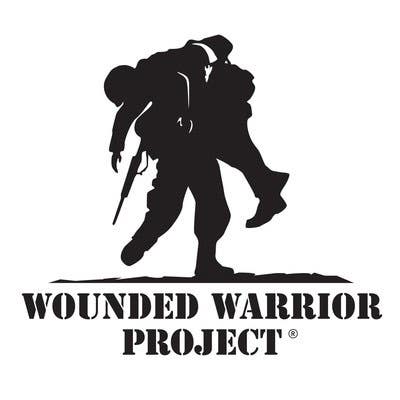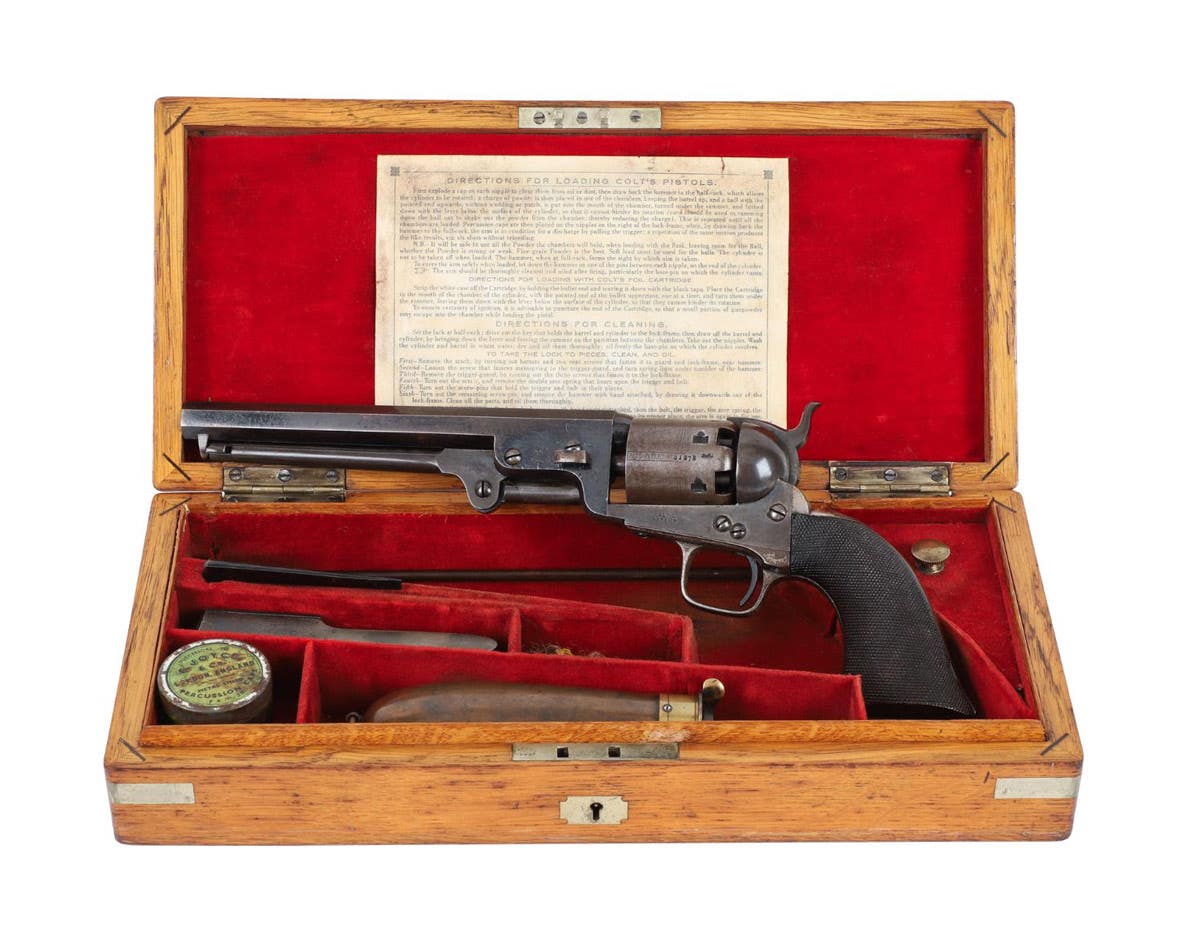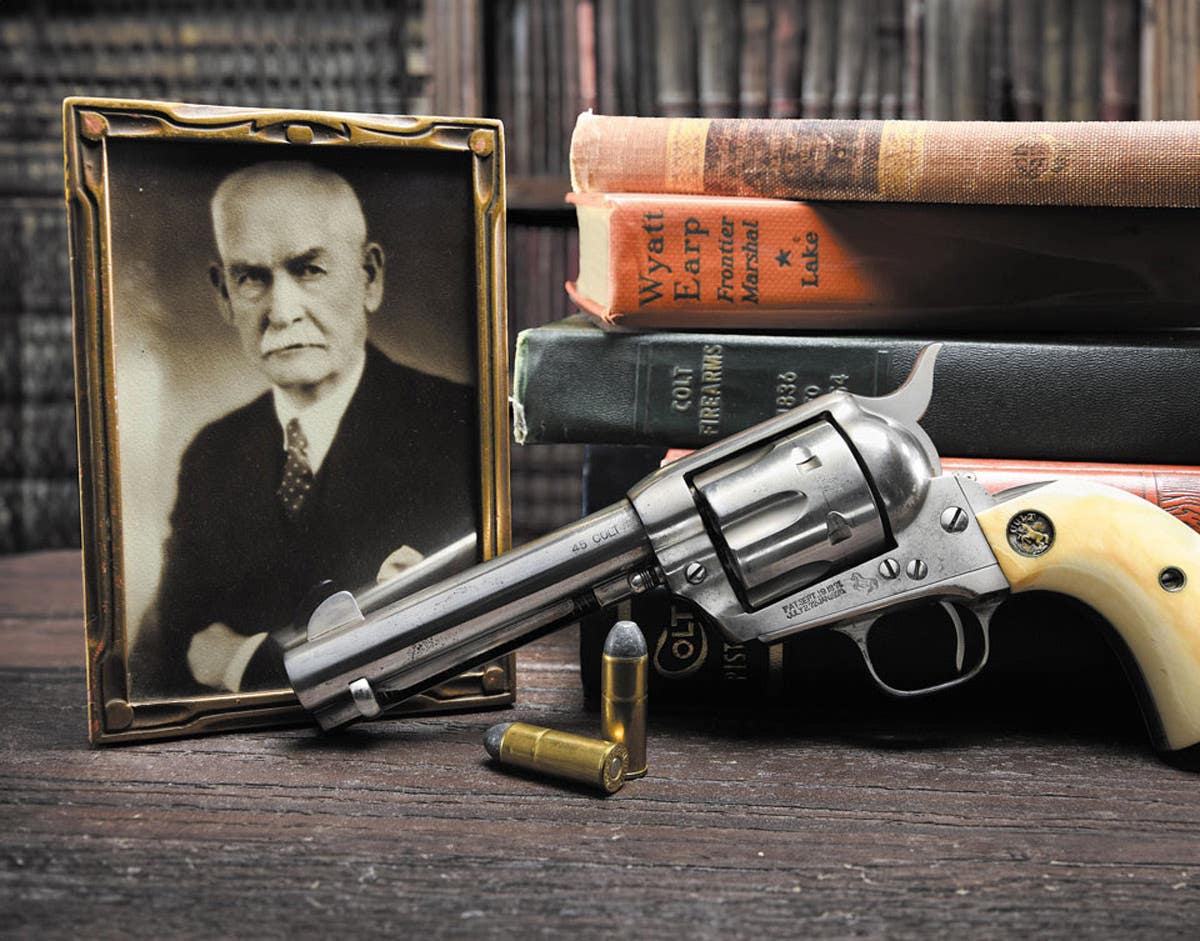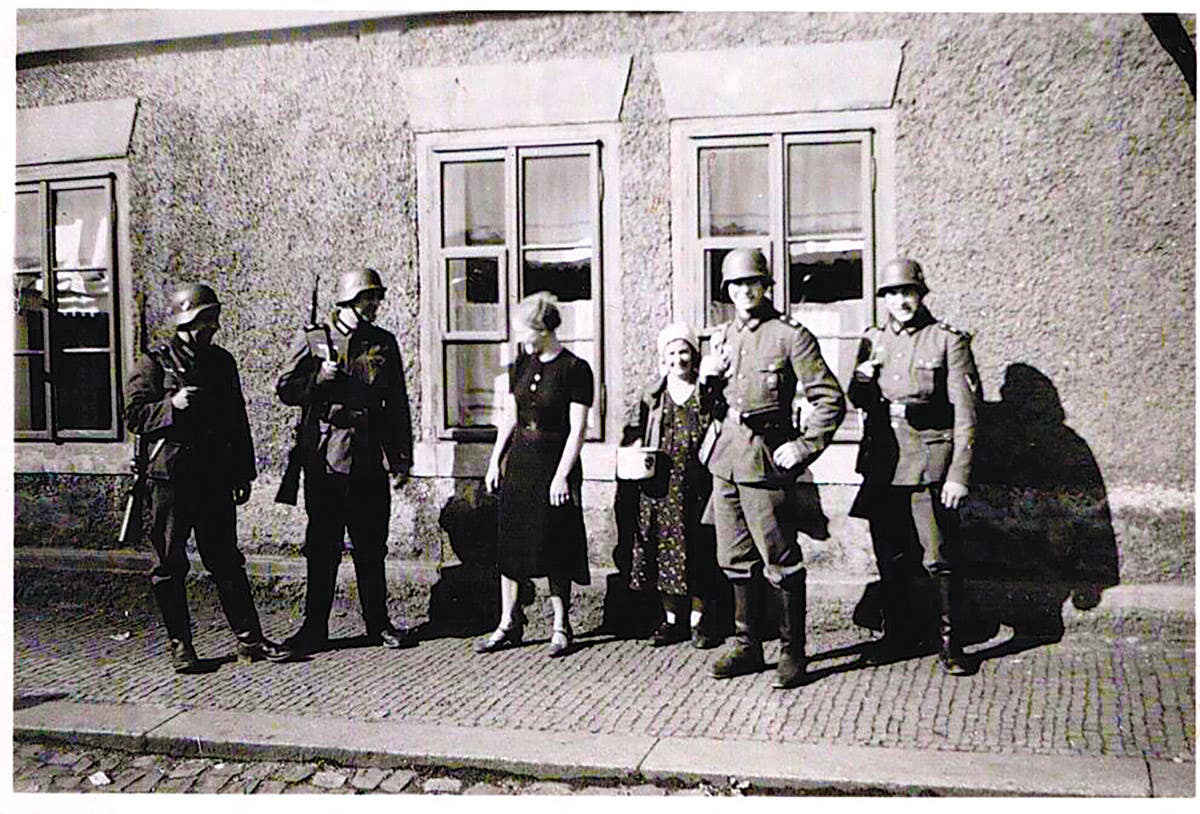Vietnam Graffiti
Back in the 1960s, more than 2,000 young American soldiers lay in their bunks on board the crowded troopship General Nelson M. Walker, headed for war in Vietnam. They were homesick, seasick, hot, and anxious, and they recorded, with felt tip pens, their inner feelings on the bunk canvases above them.
Back in the 1960s, more than 2,000 young American soldiers lay in their bunks on board the crowded troopship General Nelson M. Walker, headed for war in Vietnam. They were homesick, seasick, hot, and anxious, and they recorded, with felt tip pens, their inner feelings on the bunk canvases above them.
Tied up at an Okinawa dock in August 1967, the Walker is seen during better times as a troop transport during the Vietnam War. Its routes included a transport run between Oakland, California, and Da Nang, Vietnam. Richard Plozay photo
The discovery of an aging, discarded military troopship, filled with those bunk canvases containing graffiti messages, is the subject of the new Howell Press book, Vietnam Graffiti: Messages from a Forgotten Troopship, by Art and Lee Beltrone.
The story of the "above-ground" archeology on board the General Nelson M. Walker troopship began in 1997 when military artifact historian Art Beltrone of Keswick, Virginia, first visited the ship in Virginia's James River Reserve Fleet near Fort Eustis, Virginia. Beltrone was doing some set design work for the movie The Thin Red Line. No longer active, the General Nelson M. Walker was moored in a federal facility on the James River in Virginia. It remains remarkably intact.
Many bunks were found still containing mattresses with covers, sheets, and pillows. Above, a graffiti-marked canvas bunk is seen still laced to its frame and piled on other similar units in one of the Walker's troop compartments.
Commissioned on April 24, 1945, The General Nelson M.?Walker, the Walker could carry 5,000 soldiers. The 608-foot-long P2-SE2-R1 class ship was reactivated for use during the Vietnam War and served through the end of 1967.
A?REMARKABLE?DISCOVERY
While helping to videotape a troop compartment several levels below the main deck, Beltrone noticed hundreds of bunk canvases covered with inked messages left by previous troop passengers. "The ship had been abandoned for more than 30 years," Beltrone recalled, "but the messages added life to the empty compartment and told the story of the men who once occupied it on their way to war."
A troop passenger who apparently had a sense of humor drew this picture and caption on the bunk canvas directly above his bunk.
The men for whom the General Nelson M. Walker was a temporary home left records of their life together on the troopship through lively handwritten inscriptions, slogans, and drawings on the canvas inserts of the bunks under which they slept. Now graying and soiled, hundreds of such reminiscences survive on the Walker, evincing the personal thoughts, concerns, and emotions of the young men--often not much more than boys--who inscribed them. Here were memories of home and loved ones, brash statements of bravado and determination in the face of conflict, expressions of fear and anxiety on the approach to the theaters of war, patriotic sentiments, humorous cartoons and a variety of sexual references.
A soldier of the 815th Engineers named Russ Cunningham drew this tribute to his hometown, St. Albans,?West Virginia, "Home of the Red Dragons."
The messages in the compartments echoed a variety of human emotions left by the soldiers. There were sentiments of humor, bravado and homesickness, plus drawings of naked women that added a degree of lewdness to the confined setting. "Make Love Not War" was on one canvas, "Love In," "George Washington Slept Here," "Bong the Cong," "Capitalistic Yankee Dogs Go Home," "Going to Nam June 9, 1967 to settle things down and make sure 'Charlie' is turned upside down," "Why Me?," and "At least reading this gives you something to do," on others.
Beltrone and his wife, Lee, the book's photographer, received permission from Maritime Administration officials and volunteered to remove the historic canvases for preservation in military and history museums throughout the country. More than 100 canvases were removed, and specimens have been received by the Smithsonian Institute, New York State Military Museum, Oakland Museum of California, and museums operated by the Army, Navy and Marine Corps. The Army received almost 100 canvases to form a "study collection," believed to be the only one of its kind anywhere, and Terry Van Meter, Acting Director, Army Museums, welcomed the find.
A complete bunk canvas was used by one soldier to incorporate the popular Charlie Brown comic strip character into the combat environment of Vietnam. At the end of the panel, the original Charlie Brown is crying for help from a heated cauldron.
"The collection shows what people were thinking as they were on their way to a combat zone," he explained, "when each individual had to come to grips with what was about to happen. The collection is a way for future generations to know how those soldiers reacted."
A soldier only known now as "Bobby"?drew this reclining, bikini-clad woman with Ho-Chi-Minh-style goatee. The graffiti was inscribed on the canvas during a Walker voyage to Vietnam in August 1967.
In Vietnam Graffiti: Messages from a Forgotten Troopship, Art and Lee Beltrone tell the truly fascinating story of the Walker and its men. Carrying more than 5,000 troops at a time, the ship was a veritable small town in which all the needs of its enlisted men were addressed, however confined and crowded the space that they inhabited. Through the Beltrones' meticulous research and the animated account contained in this volume, life on the now silent vessel pulses with renewed vitality.
Vietnam Graffiti: Messages from a Forgotten Troopship, is the story of the remarkable find, illustrated with color photographs, of the derelict ship and the graffiti-covered canvases. Available from most booksellers, the full-color, paperback book, (ISBN 1-57427-154-7) with a complete fold-out diagram of the ship, retails for $19.95. The book can also be ordered by calling Howell Press, toll free at 800.868.4512.








